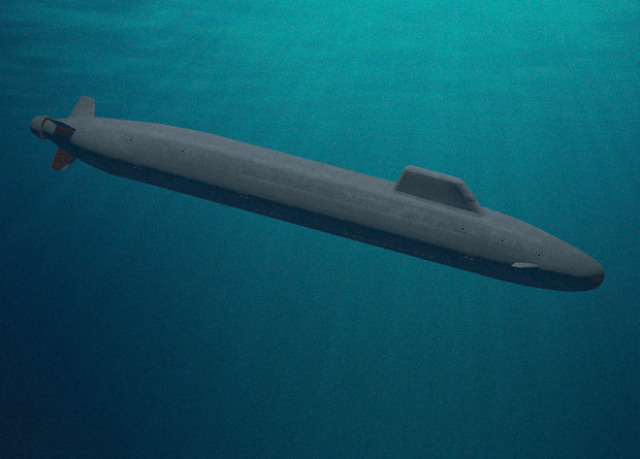The British Dreadnought-class nuclear submarines, which will replace the Vanguard submarines, will have an electric remote control system (EDSU), like aircraft. It automates the control of the course, pitching, depth of immersion and buoyancy of the ship and will allow operators to simply set the desired indicators, according to BAE Systems.
In aviation, the EDSU replaced the mechanical control system. It replaced the cables and rods that transmit signals from the steering wheel and pedals to the aerodynamic control surfaces with electrical impulses. If the aircraft has an EDSU, commands from the pilot are sent to the computer (or computers). The computer calculates the position of the aerodynamic surfaces in order to get the desired result, and controls the actuators. The system immediately programmed all the restrictions that protect the aircraft from overloading and speeding. Therefore, the probability that an aircraft with an EDSU will go into a stall or spin is very low. On commercial aircraft, BAE was the first to install the EMU. Its electric remote control systems are used in Airbus A320, Boeing 737, Bell 525 and Bombardier CRJ.
Under water, the EDSU architecture is already used on American submarines of the "Virginia" type. The ship's control system is responsible for all maneuvering and dynamic operations of the submarine. It works on a similar principle to aviation. The operator does not need to control every movement of the submarine. It sets the depth and speed, and the computer transmits signals to the rudders and aft. But most submarines don't have such a system. So, the course of the "Vanguards" is manually set by the steering with the help of mechanical control knobs.
The next generation of British Dreadnought-class nuclear submarines, which will replace the Vanguards, will have an analogue of the EDSU. The Active Vehicle Control Management (AVCM) system will be responsible for all aspects of maneuvering, including course, diving depth, pitching and buoyancy. This will allow operators not to control every movement of the submarine manually, but simply to set the necessary indicators. Details of the development of the company BAE Systems-the developer of "Dreadnoughts" - does not disclose.
Dreadnought-class submarines are expected to replace the Vanguards in the 2030s. The length of the hull of the new generation of submarines will be 153.6 meters, and the displacement will be more than 17 thousand tons. Two of the four submarines are already under construction.
Earlier, we told you that the strategic nuclear submarines of the Royal Navy will receive new Rolls-Royce PWR 3 water-water nuclear reactors with an improved water circuit design and an automatic leak protection system. Each ship will be able to carry up to 12 Trident II D5 ballistic missiles.
Vasilisa Chernyavtseva

